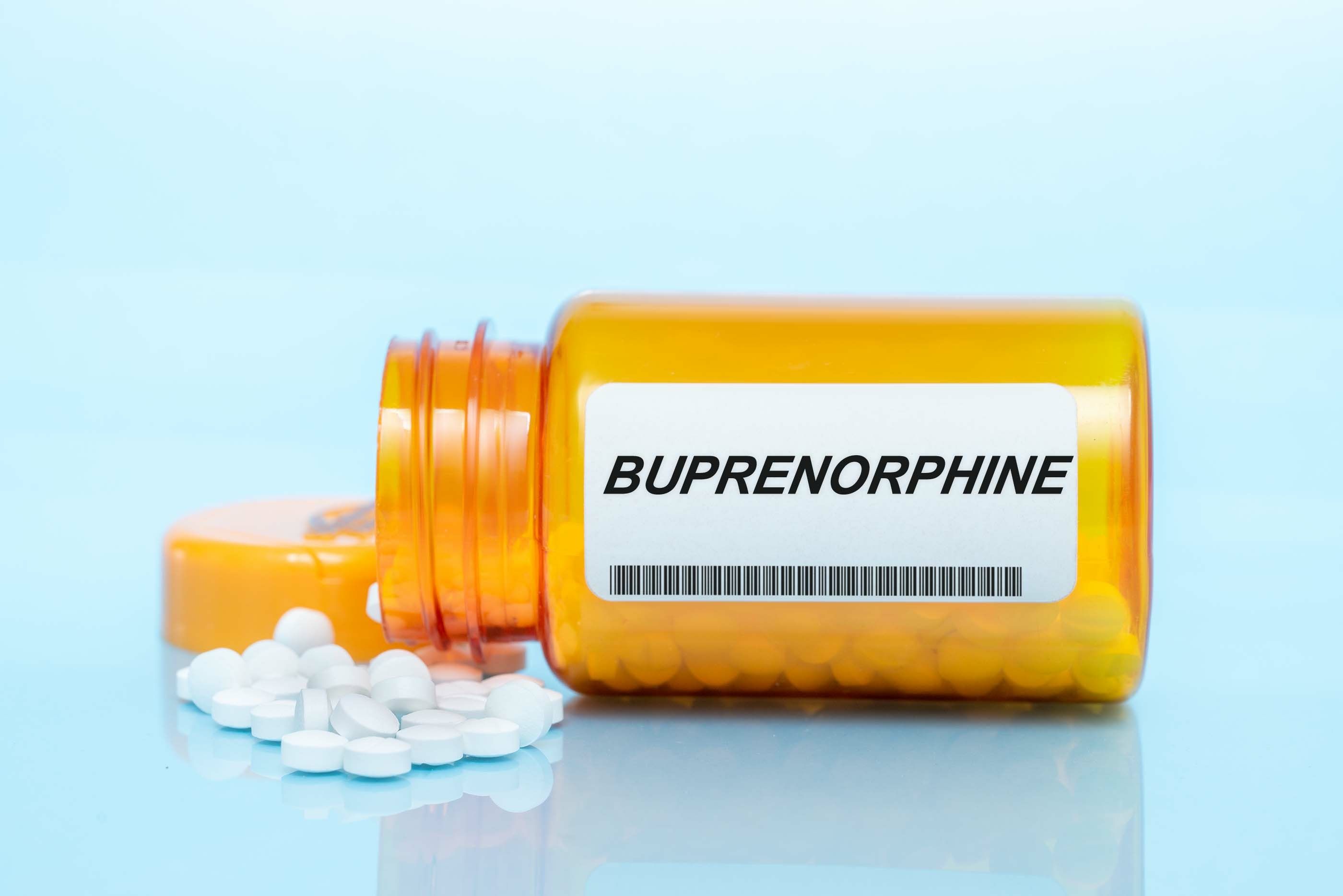Commentary
Article
Pharmacist Facilitation of Buprenorphine Can Start in the Emergency Department
Author(s):
Clinical pharmacists in the ED are well positioned to facilitate adoption of ED-initiated buprenorphine and improve the treatment of patients with OUD.
The number of deaths related to opioid overdoses has continued to rise in the US. Patients with opioid use disorder (OUD) treated with medications such as methadone and buprenorphine have lower rates of morbidity and mortality compared to those not receiving treatment with an opioid agonist.
A 2019 study showed that patients initiated on buprenorphine in the emergency department (ED) with primary care follow-up were twice as likely to remain in treatment after 30 days compared with patients who received a referral or brief intervention only.1
Image credit: luchschenF | stock.adobe.com

ED initiation of buprenorphine requires a multidisciplinary approach. Pharmacists in the ED are in a position to impact the adoption of this approach to clinical practice. A study published in the Journal of Substance Use and Addiction Treatment in December 2023 sought to characterize the perceived barriers and facilitators to ED-initiated buprenorphine among ED pharmacists in 4 urban EDs in the US.2
This qualitative study included 15 individual pharmacists who participated in focus groups or interviews to elicit commentary with a focus on 3 areas: (1) evidence for buprenorphine, (2) the ED context, and (3) facilitation needs to promote ED-initiated buprenorphine.2
The researchers identified 6 major themes:2
Evidence:
- Experience with ED-initiated buprenorphine varied among ED pharmacists and increased over time.
- Patients with OUD have unique challenges that require guidance to optimize ED care.
Context:
- Pharmacists can clarify scope of ED care in the context of unique pharmacology, formulations, and regulation of buprenorphine to ED staff members.
- Pharmacists help streamline local processes necessary for successful program implementation.
Facilitation:
- There is a need for local training to promote practice change.
- Interdepartmental collaboration among pharmacists supported program development.
The authors concluded that clinical pharmacists in the ED are well positioned to facilitate adoption of ED-initiated buprenorphine and improve the treatment of patients with OUD. Strategies to promote this implementation include training for staff, exposure to shared protocols, and interdepartmental collaboration.
About the Author
Kristin Waters is an Assistant Clinical Professor in the School of Pharmacy at the University of Connecticut.
References
1. D’Onofrio G, Edelman EJ, Hawk KF, et al. Implementation facilitation to promote emergency department-initiated buprenorphine for opioid use disorder: Protocol for a hybrid type III effectiveness-implementation study (Project ED HEALTH). Implement Sci. 2019;14(1):48. doi: 10.1186/s13012-019-0891-5.
2. Justen M, Edelman EJ, Chawarski M, et al. Perspectives on and experiences of emergency department-initiated buprenorphine among clinical pharmacists: A multi-site qualitative study. J Subst Use Addict Treat. 2023:155:209058. doi: 10.1016/j.josat.2023.209058
Newsletter
Stay informed on drug updates, treatment guidelines, and pharmacy practice trends—subscribe to Pharmacy Times for weekly clinical insights.






